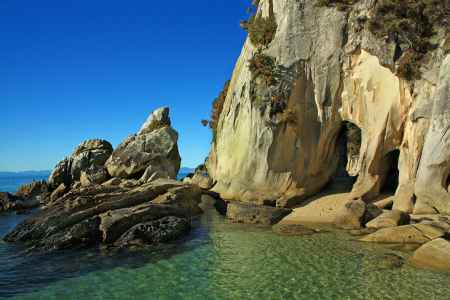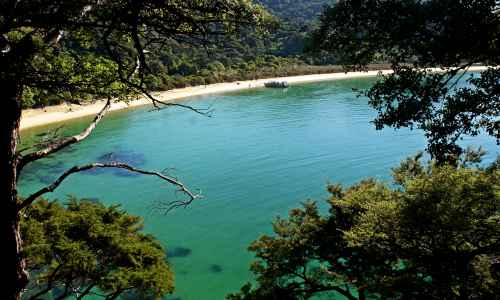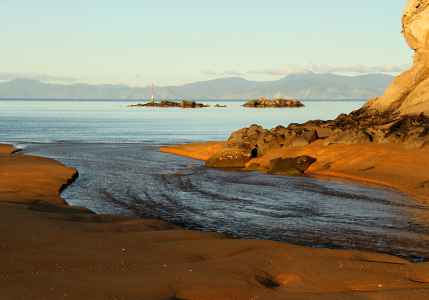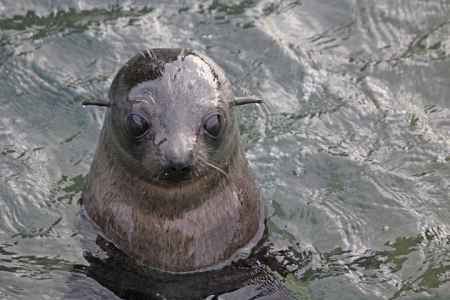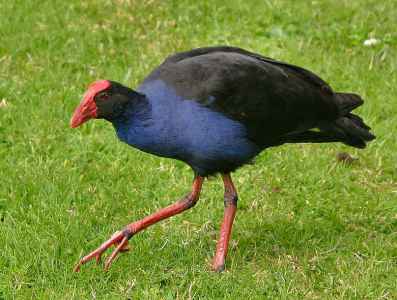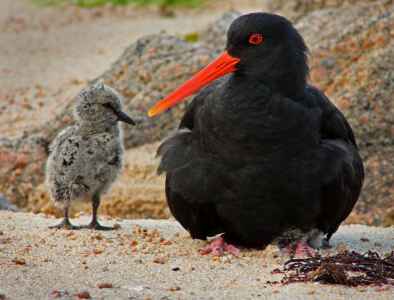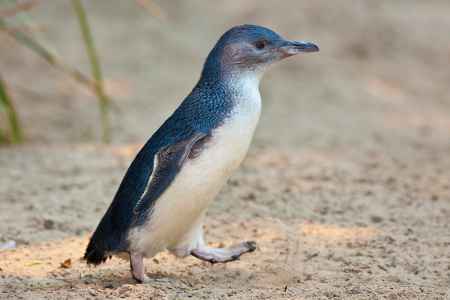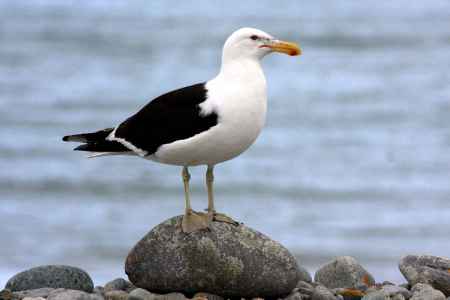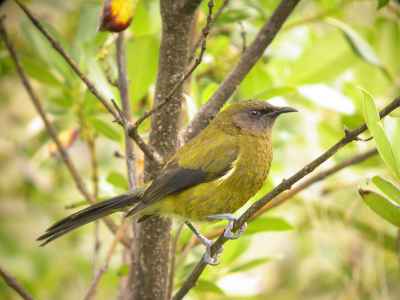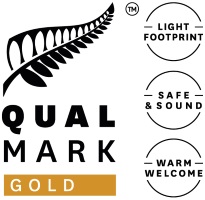The Abel Tasman National Park.
Abel Tasman National Park is renowned for its world-famous coastal walking track, its golden sand beaches, unmodified estuaries, sculptured granite cliffs and mild climate.
It is a good place to visit at any time of year and during summer the park is particularly popular. The bays become dotted with sea kayaks, sailing boats and other water crafts.
Many people choose to stay in huts or campsites provided by the Department of Conservation (DOC) as they explore the Abel Tasman Track. The track hugs the coast, offering spectacular views as you reach the top of a ridge, then it's back down to the next sheltered swimming and picnic spot.
Noticeable features are the golden sand beaches,the fascinating rocky outcrops (mainly granite but with a scattering of limestone and marble), the estuaries and the offshore islands. The vegetation cover varies and reflects a history of fires and land clearance, but the forests are regenerating well, especially in damp gullies where a rich variety of plants can be found.
Black Beech/Tawhai dominates the drier ridges. The more common forest birds, like Tui and Bellbirds/Korimako, can be seen along with Pukeko around the estuaries and wetlands. Oystercatchers/Torea, Cormorants)/Koau and Little Blue Penguins/Korora can be seen on the coast.
In 1993 the Tonga Island Marine Reserve was created along part of the Abel Tasman National Park coast. All life in the marine reserve is protected. Native wildlife, natural, cultural and historic features are also protected within the park.
For at least 500 years Maori lived along the Abel Tasman coast, gathering food from the sea, estuaries and forests, and growing kumara on suitable sites. Most occupation was seasonal but some sites in Awaroa estuary were permanent.
The Ngati Tumatakokiri people were resident when, on 18 December 1642, the Dutch seafarer Abel Tasman anchored his two ships near Wainui in Mohua (Golden Bay). He lost four crew in a skirmish with the local people and sailed away without stepping on to the land.
The coast of the Abel Tasman National Park was not fully explored until French navigator Dumont d'Urville anchored here in 1827. Many of the places in the Abel Tasman National Park still bear the names given by him.
Later on, around 1855, European settlers began to log the forests, build ships, quarry granite and to farm in the region. For a time there was prosperity but soon the easy timber was gone and gorse and bracken invaded the hills. Little now remains of their enterprises.
The bulk of the Park was classed as a national park in 1942, 300 years after Abel Tasman first sighted New Zealand. As the momentum of turning the area into a national park gained, many of the landowners sold there holding back to the government. However, there are still areas within the boundaries of the national park that are privately owned, most notably Torrent Bay and Awaroa.
The Abel Tasman National Park is New Zealand's most popular park and is easily accessible by either boat or walking from Kaiteriteri, Marahau, Totaranui or Wainui.





